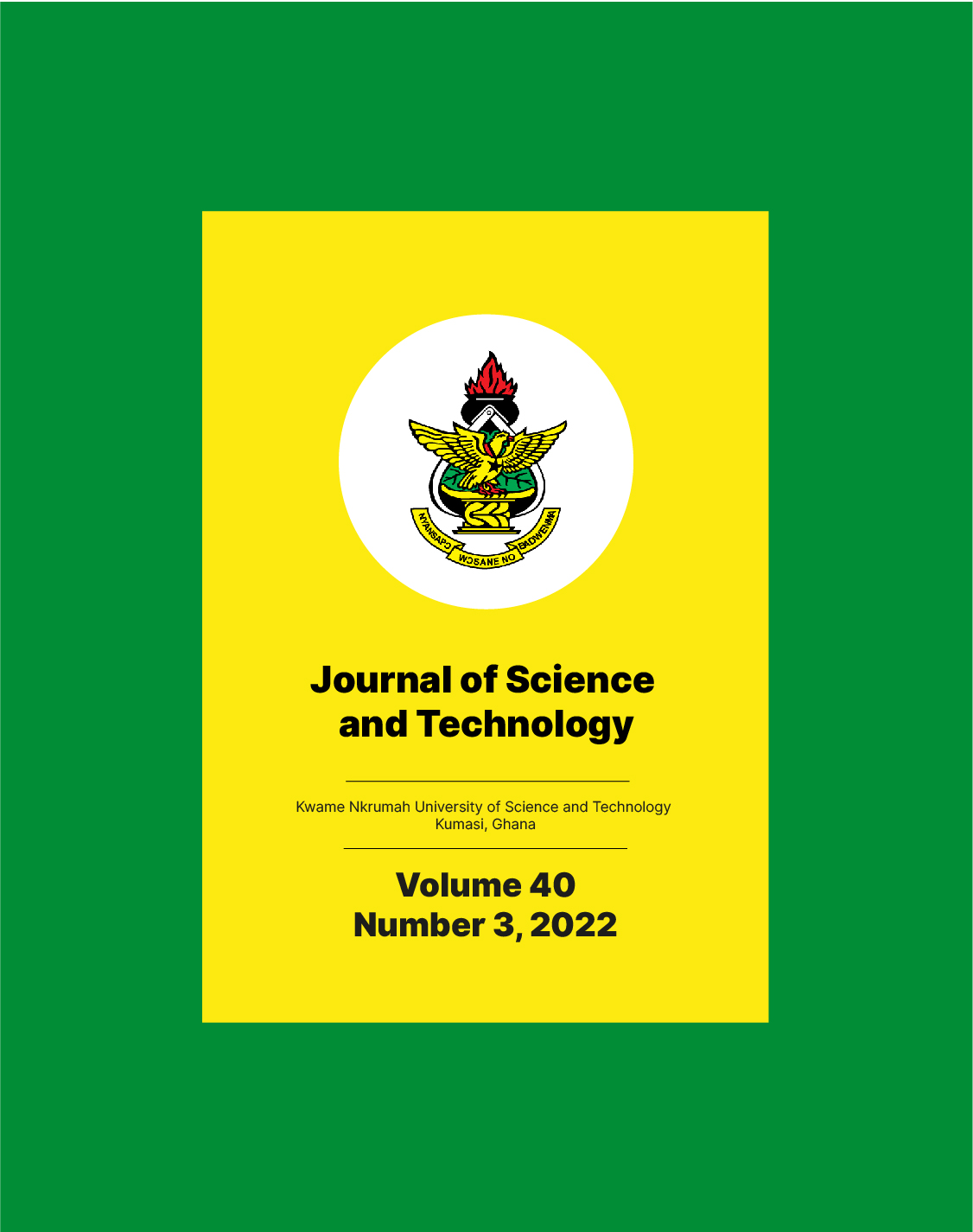Main Article Content
Effects of Soil Moisture Stress on the Vegetative Anatomy of Six Cowpea Accessions from Three Agro-Ecological Zones in Ghana
Abstract
Climate change has been affecting the rainfall patterns that influence the soil moisture supply in most areas of the tropical and sub-tropical regions. Soil moisture has thus, become a problem to farmers and agronomists in these agro-ecological regions as a result of the deleterious effects that inadequate osmotic water has on the morphology and anatomy of growing plants. This study
determined the effects of soil moisture stress on the tissues of the plants of six cowpea accessions. Six accessions of cowpea were collected from the three agro-ecological zones and planted in polythene bags containing 2 kg each of well mixed loamy soil. The plants were allowed to grow for three weeks before being subjected to two water stress treatments with a third being a control.
Harvests were done through random sampling on three occasions. Tissues were obtained from the plants and prepared on slides for study. The mean values of all the parameters measured were subjected to statistical tests. There were significant reductions in the sizes of the cells and tissues subjected to the moisture stress regimes (P<0.05, df=2). Among the plants, there were non-uniformed variations at 0.05 confidence limit and n=6. Most of the cells plasmolysed under the stress treatment and resulting in the reduction of the tissue sizes. Exceptions to this trend of decreasing sizes of the tissues were found in the sizes of the cuticular cover on the surfaces of leaves and the frequency of the xylem vessels, where these features increased in sizes and frequency respectively under the water stress regimes. The accession from the Semi-deciduous ecological zone of Ghana performed better under the moisture stress regimes. The study identified accessions of cowpea that can grow better under inadequate soil moisture condition that is prevalent in the sub-tropical region of Africa, and lead to high yields in the production of the
legume crop.




